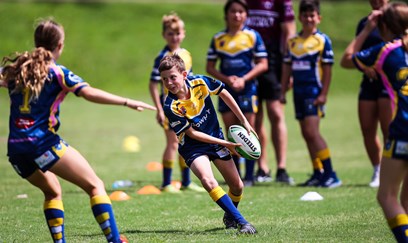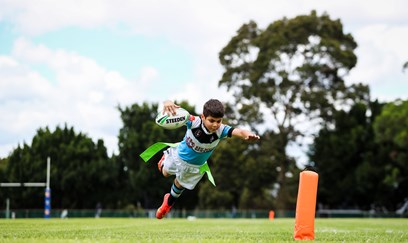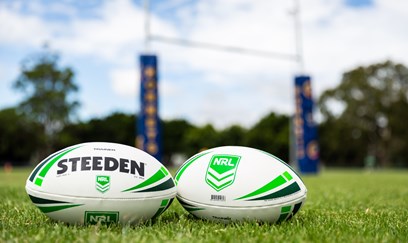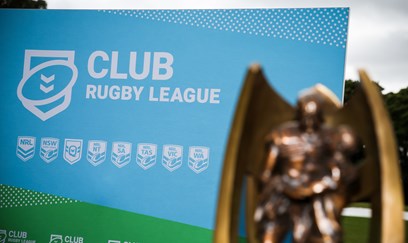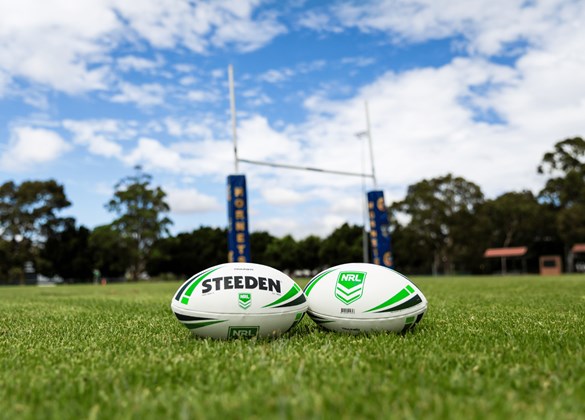Age & Maturation
There is a growing catalogue of literature on the effects of age and maturation in both academic and sporting contexts. Conclusions indicate that the more mature (physically and emotionally) an individual is within a peer group, the more success they are likely to experience. Preliminary findings from a research project currently being conducted by the University of QLD (The Prevalence and Impact of the Relative Age Effect in Australian Junior Rugby League) indicate that these effects are no less apparent in Rugby League.
The Relative Age Effect
The Relative Age Effect
The Relative Age Effect (RAE) is a phenomenon in which children born in, or close to, a critical age cut-off period may have an advantage in both sporting and academic endeavours. An earlier birth is typically associated with increased physical ability; however, the perceived advantage is principally due to being physically, emotionally and cognitively more developed.
Maturation Effect
The variances in growth as children pass through maturity. These changes occur in the same sequence in everybody, but there are great individual differences in when puberty starts, how long it takes (it can be 18 months to five years) and how much growth occurs in the adolescent growth spurt. The growth spurt in height happens first, is followed by the growth spurt in weight and then the growth spurt in strength.
Research
Return to Framework
Find out more about the Player Development Framework (PDF).
